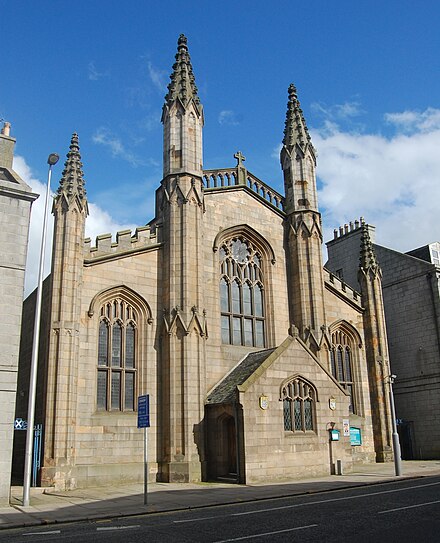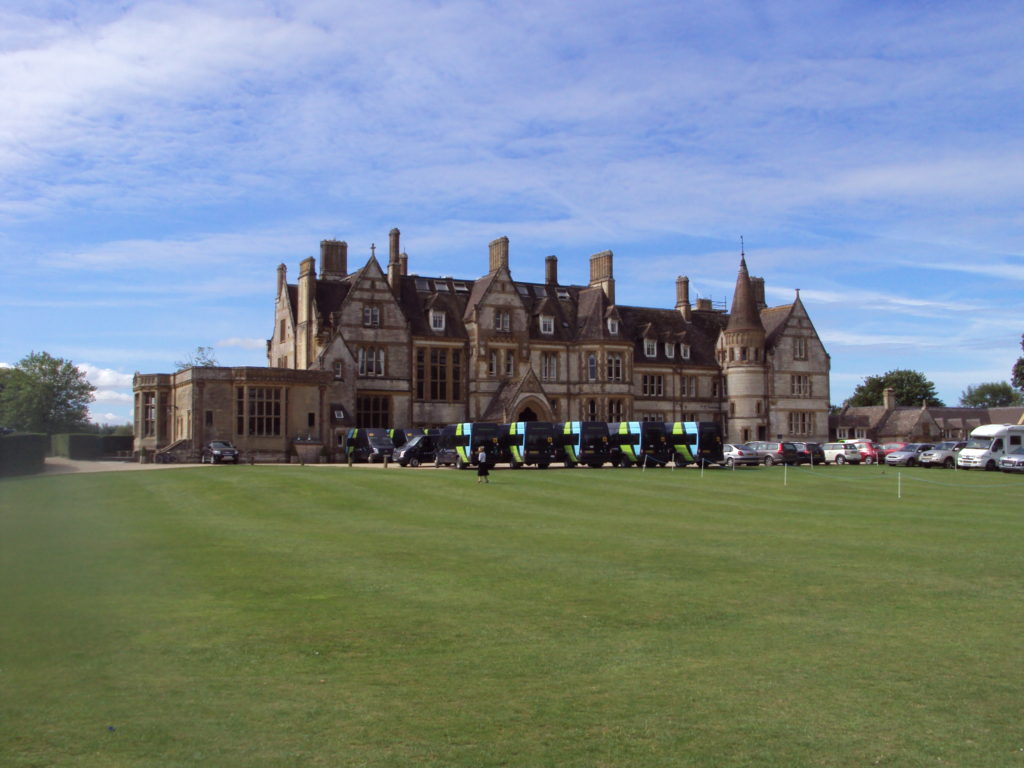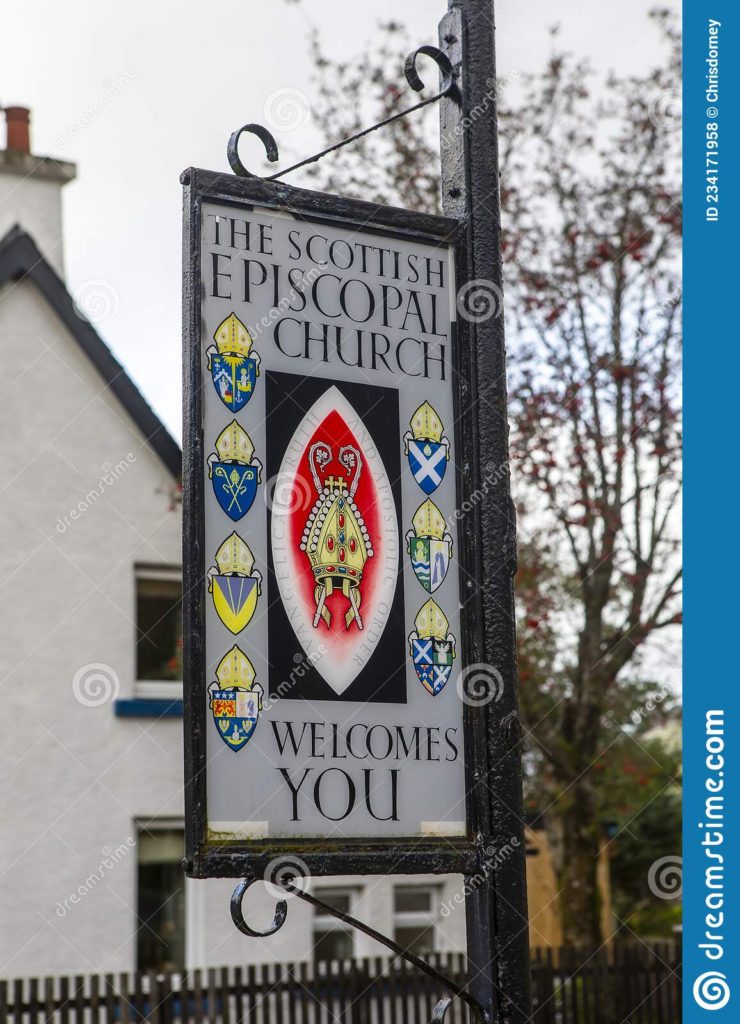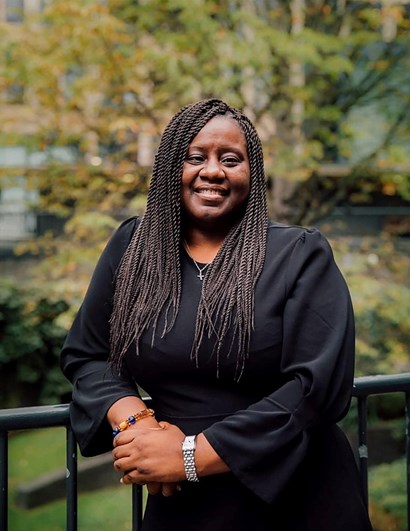by Martyn Percy
preached at St. Andrew’s Episcopal Cathedral, Aberdeen

Daniel 12: 1-3; Hebrews 10: 11-14,18; & Mark 12: 34-42
It is something of a heavy irony that Safeguarding Sunday in the Church of England falls in the same week that it was announced that the 105th Archbishop of Canterbury, Justin Welby, resigned over his handling of the abuses perpetrated by John Smyth QC. This is without precedent in the 500 year history of the Church of England.
John Smyth was one of the most prolific sexual abusers in recent Church of England history, yet with substantial evidence of coverups and inaction protecting him at the very highest levels. The report into the abuse was conducted by Keith Makin, and despite being subjected to lengthy delays by lawyers acting for Lambeth Palace, Justin Welby’s position quickly became untenable. The Makin Report was published on November 7th 2024, providing forensic accounts of the failures and coverups, if not systemic corruption in the culture within the ecclesial hierarchy. Welby resigned on November 12th.
Welby’s tenure had failed to create a culture of transparency and accountability in the upper echelons of ecclesial governance. This is the protruding tip of a very large smoldering volcano. John Smyth QC died in 2018 without ever being brought to justice, and represents “the Church of England’s Jimmy Savile crisis”. Smyth hailed from an impeccable elite public school and upper-class Oxbridge pedigree, and had been a prominent mover and shaker in the conservative evangelical world from the 1970s. That culture had played a large part in forming Justin Welby’s Christian faith, his eventual arch-episcopal governance, and a whole generation of English bishops.
Historians will pick over this ecclesial car-crash in the generations to come. Imperialism and benign superiority is no longer a trusted mode of governance for the vast majority of Anglicans. Bishops and their senior advisors have no accountability, are aloof and averse to external regulatory oversight. Bishops lecture the rest of the world on democracy and equality, but refuse to be subject to the laws that govern everyone else. Like ancient demi-gods, they invest in omniscient and omnicompetent myth-presumptions, as though by becoming a bishop they acquire sufficient knowledge to lecture the world on anything they hold a view about.
Our times are different. These days, people in the pews expect democratic accountability and transparency. They might consent to being under authority, but only provided it is subject to independent external scrutiny and regulation. Alas, the majority of Anglican bishops would prefer the hot fires of hell to such egalitarian answerability.
Welby’s resignation might be seen as an updated episode of 1776 And All That: no taxation without representation. Why should any punter in the pew fund governance rooted in autocracy with pretentions towards theocracy? Increasingly, the indications are that they won’t put up with authority they did not elect, yet somehow presumes to rule them – and can even tap them for compliant semi-obligatory financial support.
Welby is arguably a representative harbinger of an ecclesial revolution. It has been coming for some while. As the former Labour Party MP Tony Benn (1925-2014) repeatedly asked of those in authority,
“What power have you got? Where did you get it from? In whose interests do you exercise it? To whom are you accountable? And how can we get rid of you?”
If the answer to every one of those questions from the bishops and senior ecclesiocrats is “only God, or maybe the reigning monarch”, then the stage is fully prepped for open revolt by those in the pews. In many respects, the story of global Anglicanism – not yet 500 years old – is one of Protestant democratic polity vying with regalistic notions of autocracy and theocracy.
The regal model presumes it does not need to give an account of itself or even consult. It just rules and reigns, and when subjected to questions, ignores its people and the media as though they were insolent and unruly serfs. It will spurn democratic accountability and treat congregations as medieval monarchs might once have regarded lowly subjects.
This has not always been an English problem. Let us not forget that Samuel Seabury, the first American Anglican bishop to be consecrated (1784) without the approval of the Church of England, wore a specially made mitre fashioned from beaver-pelt and gold filigree wherever he went, in order to signal his self-proclaimed divine authority over a bemused American citizenry. Seabury believed his cathedral was wherever he happened to be celebrating the eucharist, and he demanded monarchical deference.
Today the church marks Seabury’s consecration. Yet he did not believe the laity should have any say in the governance of the church, and his diocese, Connecticut, did not change that until later in the 20th century. Seabury’s lofty regal outlook matched his pro-slavery and high Tory leanings.
Yet these views have not prevailed. American Episcopalians are assiduously pro-democratic, and their ecclesial polity is progressively Protestant, albeit with some catholic accents. That spells the end for English Anglican imperialism at home and abroad. Its time is up, and the resignation of the 105th Archbishop of Canterbury demonstrated that the public have little patience with an institution that does not practice what it preaches. If democracy, equality and accountability is good for the rest of the world, then English Anglicanism will need to model that too.
Until it does, dismissal by the public and decline will continue. To paraphrase Ernest Hemingway, bankruptcy happens in two ways: first very slowly, then all of sudden. Leading the Church of England from hereon will be like trying to ascend the proverbial glass cliff. Falling further and faster is the most likely result. But clinging on for dear life is hardly an option. The only future left for Anglicanism lies at ground level. The leadership needs to climb down, and as fast as possible.
The issue is simple. Any power imbalance always creates the space for power abuse. Bishops and their courtiers, advisors and senior ecclesiocrats expect to rule and reign. Safeguarding in the Church of England is overseen by mercurial, unaccountable, unlicensed, non-transparent and unregulated officers. Every bishop refuses to level the playing field by balancing power, and becoming subject to independent external professional regulation and oversight. The result is inevitable. Nothing in such a safeguarding system can ever be safe. It is wide open to abuse, incompetence and coverups. All the evidence for that is lengthy and legion. But bishops and their officers will still not cede their power. So they cannot and will not be trusted.
Our readings this morning have a rich theme. They lectionary always does. Roughly, they connect through fecundity (the Parable – or Sign – of the Fig Tree), the importance of sacrifice, and the need for perseverance. The readings remind us that judgment always comes, and truth will always out. The systems of governance, even in the church, that think they have a God-given right to endure, will perish.
Institutions like the Church of England use inaction and inertia as a weapon to silence others. I don’t think we know, yet, if Justin Welby’s resignation has any point to it. But I want to leave you this morning with a poem sent to me this week, which has nothing to do with recent events. It is called ‘The Laugh’ by Chris Goan, and it is full of hope. A hope, I think, for a better world; and far, far better way of being church.
When you feel despair at the state of the world,
Do something small.
Ignore those voices without or deep within
Calling you fool for refusing tyrannical logic
Imposed by cynical wisdom
Then do it anyway.
When you feel broken by all the cruelty the world contains,
Reach out, remembering that humanity
Can only be collectively encountered.
Allow empathy to be an umbilical conduit
For a nutrient called kindness.
What else are we for?
When overwhelmed by the size of the mountain,
Walk slower, saving breath for conversation.
For miles pass fast in company, then as words fade
Listen for the fat laugh
Deep down in the belly
Of all that is still becoming.
Like Jonah in the belly of the whale, good things are born in the darkness. It is there that God laughs deeply. The resurrection is a laugh freed forever; and this crisis in the Church of England, never before seen in its 500-year history, might be an opportunity for a completely new beginning.
In the meantime, we remain at the mercy of episcopal hubris. But more importantly, we are at the mercy and judgment seat of God. As the gospel has it, “heaven and earth will pass away”, as will the church and its governance. Only God’s word is eternal. Nobody knows the day or the hour of judgment. But this week, it does feel like that end-time for the church has come much closer. These are but birth pangs; the beginning of some new creation. Thanks be to God.








